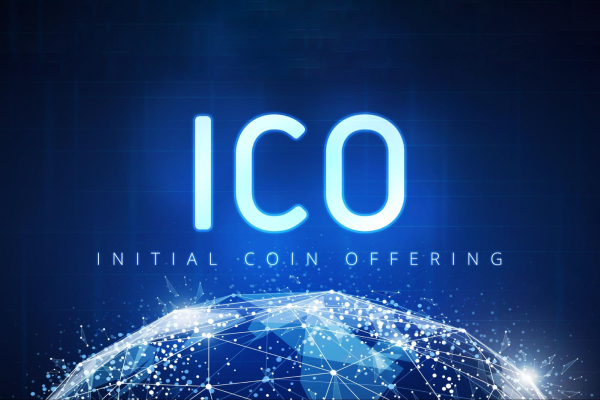Unlocking the World of Initial Coin Offerings (ICOs): Revolutionizing Fundraising in the Digital Age
Unlocking the World of Initial Coin Offerings (ICOs)
In the realm of cryptocurrency and blockchain technology, Initial Coin Offerings (ICOs) have been a game-changer. These crowdfunding mechanisms have transformed how projects, startups, and entrepreneurs raise capital, democratizing investment opportunities and fueling innovation across various industries. In this article, we’ll delve into the fascinating world of ICOs, exploring their origins, mechanisms, benefits, and potential challenges.
A Brief History of ICOs

The concept of Initial Coin Offerings can be traced back to 2013 when J.R. Willett introduced the idea of a new fundraising method for Mastercoin (now known as Omni). However, ICOs gained prominence in 2017 when Ethereum’s ICO raised over $18 million, sparking a frenzy of interest in blockchain-based fundraising.
What Is an ICO?
An ICO is a fundraising method used by blockchain-based projects to raise capital for their development. In an ICO, a project issues its own cryptocurrency tokens (often built on blockchain platforms like Ethereum) and offers them for sale to the public in exchange for established cryptocurrencies like Bitcoin or Ethereum. Investors buy these tokens with the expectation that they will increase in value as the project succeeds.
Key Elements of ICOs
- Whitepaper: ICOs typically start with a detailed whitepaper that outlines the project’s goals, technology, team, and tokenomics. Investors use this document to evaluate the project’s potential.
- Token Sale: The ICO itself involves the sale of tokens to investors. These tokens may represent various things, such as access to a platform, shares in a project, or the promise of future services.
- Smart Contracts: Most ICOs use smart contracts to automate the token sale process, ensuring transparency and trust in the distribution of tokens.
The Advantages of ICOs
- Accessibility: ICOs democratize investment by allowing anyone with an internet connection to participate, reducing barriers to entry for both projects and investors.
- Rapid Capitalization: Projects can quickly raise capital, bypassing the lengthy processes associated with traditional fundraising methods.
- Global Reach: ICOs can attract a global pool of investors, expanding a project’s reach beyond geographical boundaries.
- Incentives for Early Adopters: Investors often receive bonuses or discounts for participating early, which incentivizes early adoption of a project.
Potential Challenges and Risks
- Regulatory Uncertainty: ICOs operate in a regulatory gray area in many jurisdictions, which can lead to legal challenges and uncertainty.
- Scams and Fraud: The lack of regulation has allowed fraudulent projects to enter the space, leading to investor losses.
- Market Volatility: The prices of ICO tokens can be highly volatile, leading to significant gains or losses for investors.
- Lack of Accountability: Since ICOs are not subject to the same regulatory scrutiny as traditional fundraising, some projects may lack accountability or transparency.
The Future of ICOs
As the cryptocurrency and blockchain space continues to evolve, ICOs are adapting as well. They have given rise to new fundraising models such as Security Token Offerings (STOs) and Initial Exchange Offerings (IEOs), which aim to address some of the regulatory and accountability issues associated with traditional ICOs.
In conclusion, ICOs have undeniably disrupted traditional fundraising models and enabled innovative projects to secure funding more easily. However, they also come with risks and challenges that must be navigated carefully. As the blockchain industry matures, ICOs will likely continue to evolve, offering new opportunities and challenges for entrepreneurs, investors, and regulators alike.